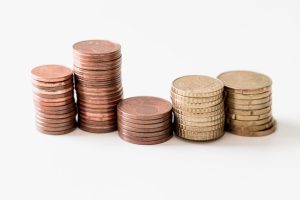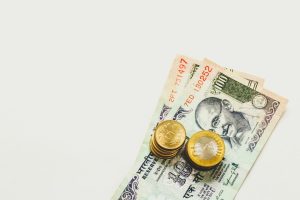Roll in forex trading, also known as swap, is the interest rate differential between the two currencies in a currency pair. It is the cost or gain of holding a position overnight, and it is calculated based on the difference in interest rates of the two currencies.
In forex trading, currencies are traded in pairs, and each currency has its own interest rate. When a trader buys a currency with a higher interest rate than the one they sell, they will earn a positive roll. Conversely, when a trader buys a currency with a lower interest rate than the one they sell, they will incur a negative roll.
For example, if a trader buys the AUD/USD currency pair, and the interest rate in Australia is 2.5%, while the interest rate in the United States is 0.5%, the trader will earn a positive roll of 2.0%. On the other hand, if the trader buys the USD/JPY currency pair, and the interest rate in Japan is 0.1%, while the interest rate in the United States is 0.5%, the trader will incur a negative roll of 0.4%.
Roll is calculated and credited or debited to a trader’s account at the end of each trading day, at 5 pm EST. The amount credited or debited is based on the size of the position held, the interest rate differential, and the number of days the position is held.
Roll can be a significant source of income or expense for traders who hold positions overnight, especially in positions held for an extended period. As such, it is essential to consider roll when entering a trade and to factor it into the overall trading strategy.
Traders can use roll to their advantage by buying currencies with higher interest rates and selling currencies with lower interest rates, which can result in a positive roll. However, this strategy also involves risk, as the currency exchange rate can fluctuate, which can negate any gains from roll.
Roll can also be affected by central bank policies, such as changes in interest rates or quantitative easing programs. When a central bank raises interest rates, it can increase the positive roll for the currency, while a cut in interest rates can decrease the positive roll or increase the negative roll.
Traders can also use rollover rates to hedge their positions. For example, if a trader holds a long position in a currency pair with a positive roll, they can enter a short position in another currency pair with a negative roll to offset the cost of the positive roll.
In conclusion, roll in forex trading is the interest rate differential between the two currencies in a currency pair, and it is the cost or gain of holding a position overnight. Traders can use roll to their advantage by buying currencies with higher interest rates and selling currencies with lower interest rates, but it is essential to consider the risks involved and factor it into the overall trading strategy.





